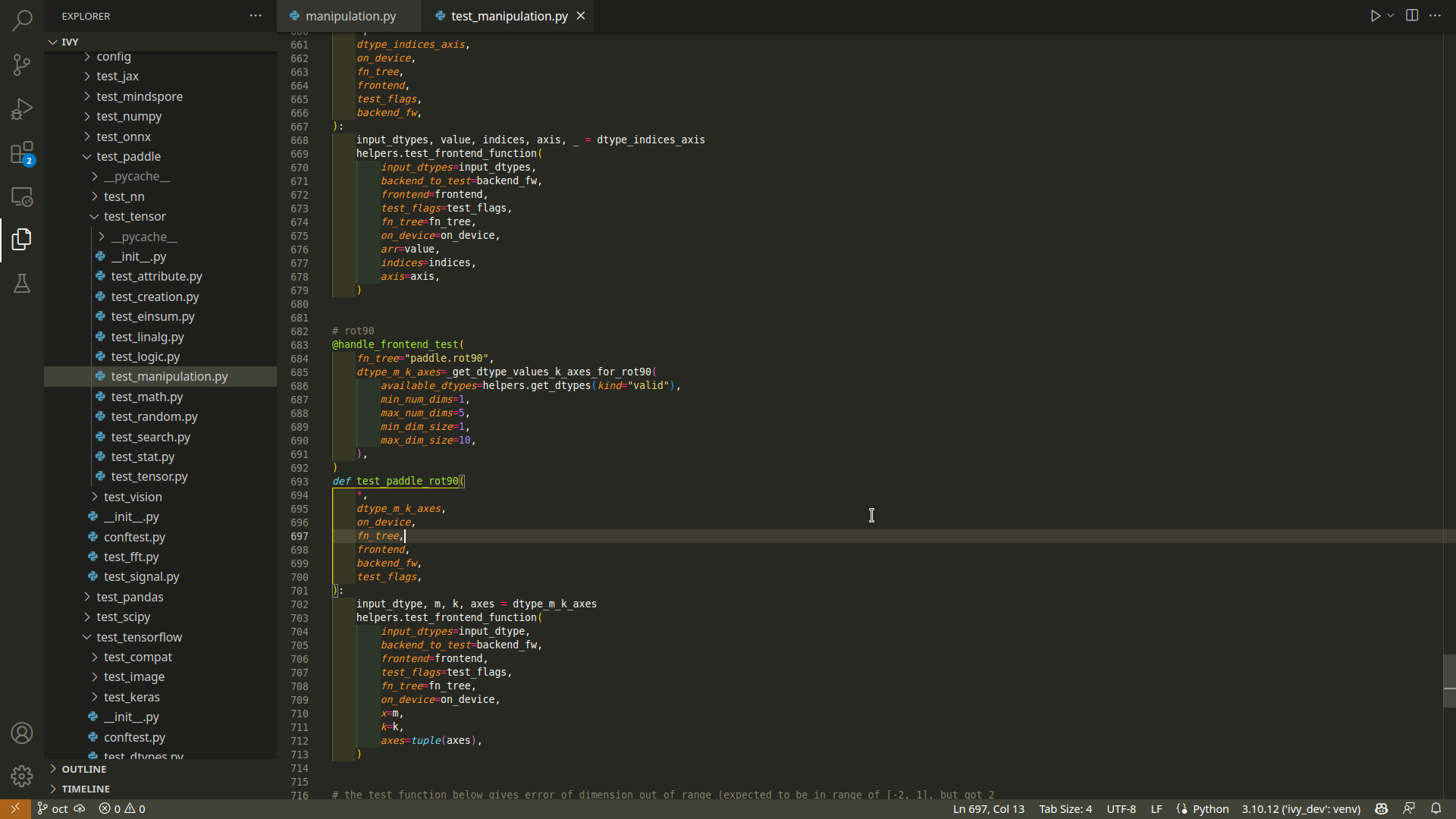Practical Productivity Hacks
In today's age, the ability to focus and pay attention to one thing is diminishing amongst the younger generation. A large part of the cause can be attributed to social media. Facebook is more of a mass social manipulation experiment than it is a tech company. But we shall not go on that tangent. Here, I will share some hacks which are popular and also some which I have devised on my own which will help you increase your productivity and get things done faster.
So let's dive in!
1. Breaking the Instant Gratification Cycle
📱Counter Social Media Addiction
Ever find yourself lost in the quicksand of social media's dopamine rush? It's a universal struggle. From those mesmerizing YouTube shorts to the captivating world of Instagram reels, it's all about those lightning-fast dopamine hits. But here's the savvy twist: use social media with intent. If it's not adding real value, recalibrate. Instagram's tricky waters can leave you high and dry unless you're a creator.
YouTube is unavoidable due to it being the largest video search engine. But YouTube courses are free only if you are willing to pay attention. Unhook.app is a great browser extension that hides the YouTube recommendations feed and the watch next column.
X.com is in my opinion the best social media for developers, where 'Learning in Public' takes center stage. You will find a lot of people supporting you on your journey and also reaching out to you for opportunities. Just remember, time is precious.
🌐 Plus, Pro Tip:
Navigate the content maze with RSS feeds. Stay at the forefront with news, blogs, and even YouTube channels. Yes, Hashnode blogs too!
The game-changer? Setting up a desktop RSS feed reader. Thunderbird email client takes the lead, especially for our Linux aficionados. I use it too. Here is a video on how to set up RSS feeds on Thunderbird -
2. The Power of Putting Pen to Paper
The oldest trick, timeless and unfailingly effective put pen to paper. Writing down your goals means writing them down on a piece of paper, preferably a diary or journal, the magic is in the tactile connection. Although this in itself is a good practice; what's better is maintaining a journal.
Daily journaling ideally consists of writing down goals for the day and then writing a summary of what you achieved and what the next set of goals are at the end of the day. This journal, a mirror to your journey, nurtures accountability and tangible growth.
3. Use Full-Screen Mode
We have all been guilty of tab-hopping. I often find myself switching through tabs and windows with my fingers constantly on Ctrl+Tab and Alt+Tab. If you are someone like me who gets distracted easily by other open tabs and applications, you need to start using full-screen mode.
Multi-tasking is an illusion. The human brain works similarly to a single-core CPU in this aspect. You cannot handle two processes at the same time, you can only switch between tasks. For us humans, switching between tasks can be very counter-productive.

So whether you're deep into coding or surfing the web, embrace full-screen bliss. It's my go-to secret to obliterate visual clutter. I'm using full-screen even as I write this blog ;)
4. 👨 💻 Action Beats Theory: Just Write Code
The hardest part about learning to code is writing the actual code.
Find ways to force yourself to read less, watch less and write code more. Start working on a project and learn on the go. Counterintuitive? Absolutely. The truth? The learning journey knows no finish line. I was a person who used to think that I needed to master all the technologies before starting a project. But I realized that there is no end to learning. You will find yourself at the same spot from where you began even after spending weeks 'learning'.
-
Announce that you are working on a project publicly.
-
Participate in hackathons and competitions.

